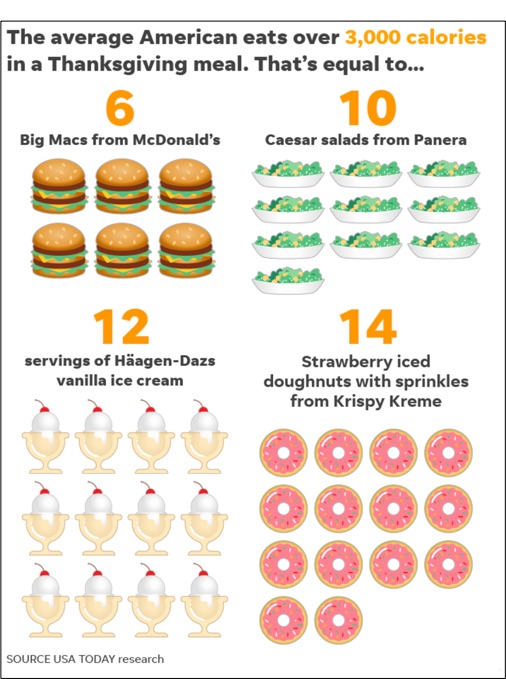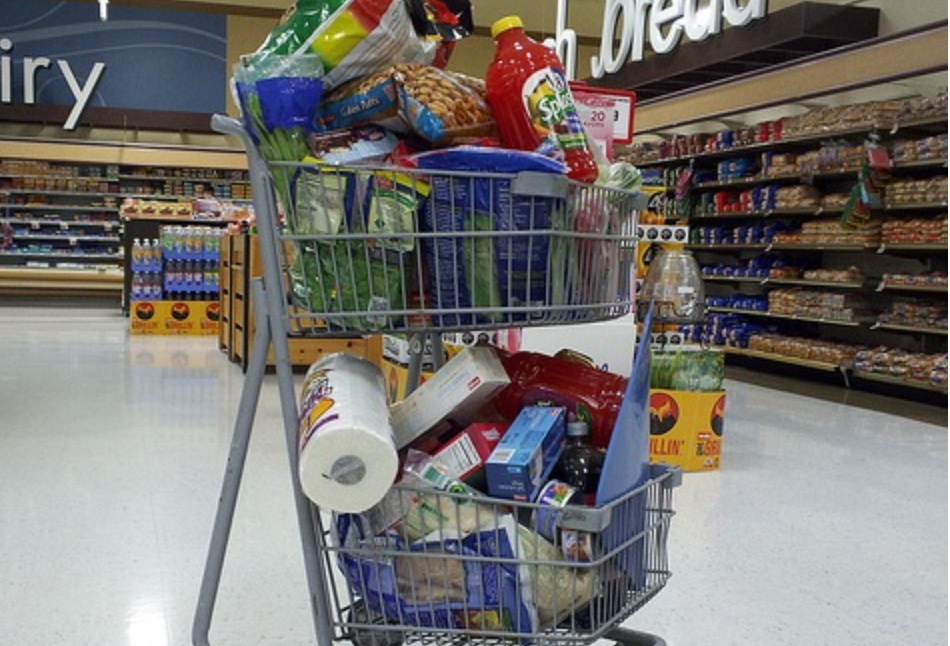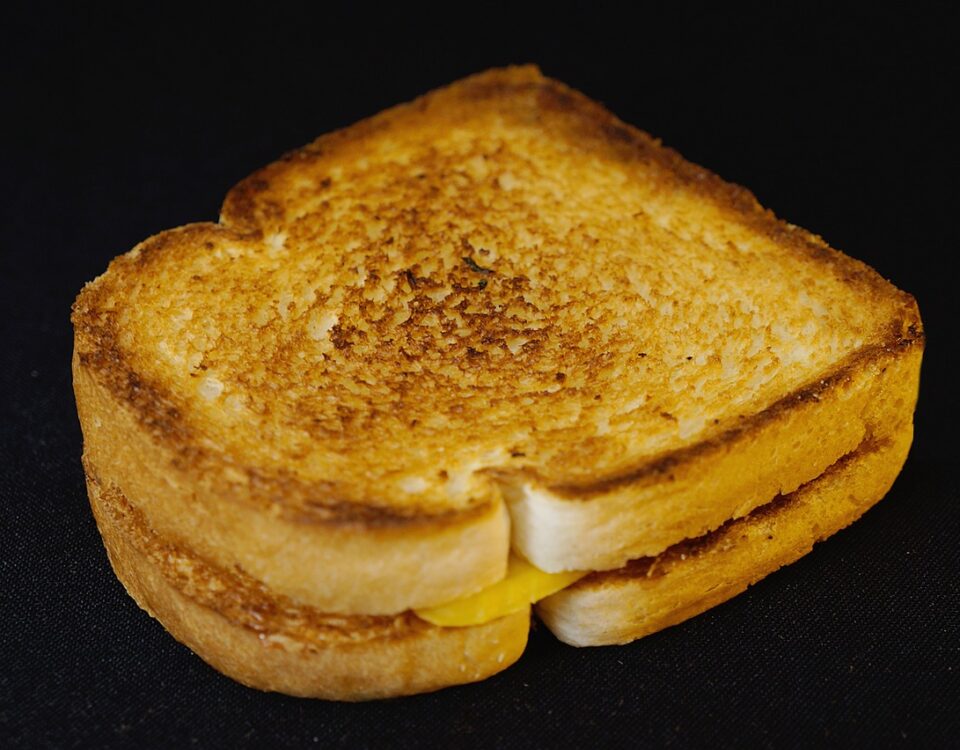
Where a Junk Food Tax Will Limit What We Eat
November 22, 2023
Do Beer Taxes Make a Difference?
November 24, 2023Through a Thanksgiving Top Ten list, behavioral economics can explain our holiday behavior.
Thanksgiving Top Ten List
10, Defaults
- As a default, the traditional Thanksgiving menu is easier to select than a new meal.
9. Confirmation Bias
- Confirming our bias, the meal tastes good because we expect it to be good.
8. Choice Architecture
- The “architecture” of the menu skyrockets our calorie consumption to over 3,000 calories.

7. Diminishing Marginal Utility
- The first bites are the best bites. After that we get less extra pleasure.
6. Temporal Discounting
- Thanksgiving dinner gives us considerable short-term pleasure. But there is a long-term cost.
From here, traditional economic ideas can take over:
5. Future Expectations
- Some of us demand less during dinner because we look forward to leftovers.
4. Complementary Goods
- Perfect with turkey, cranberry sauce and stuffing have huge demand.
3. Cost
- It takes approximately 1.8 hours of work for someone that earns an average U.S. wage of $34.00 (BLS/private payrolls) to pay $61.17 for this year’s Thanksgiving meal for 10.
2. Inflation
- Displaying success in the war against inflation, at $61.17, dinner for 10 is down from last year’s $64.05.
1. The Invisible Hand
- Through the market system, the invisible hand makes sure that we produce and distribute many millions of Thanksgiving birds.

Our Bottom Line: Happy Thanksgiving!
Enjoy the meal.
(And please, let us know what you would include on your Thanksgiving economic top ten list.)
![econlifelogotrademarkedwebsitelogo[1]](/wp-content/uploads/2024/05/econlifelogotrademarkedwebsitelogo1.png#100878)




